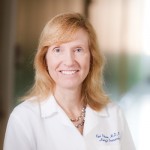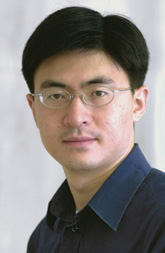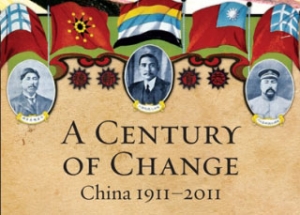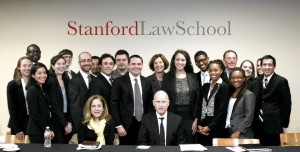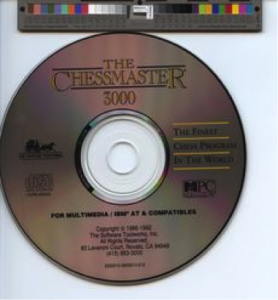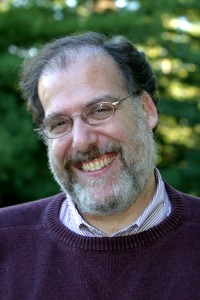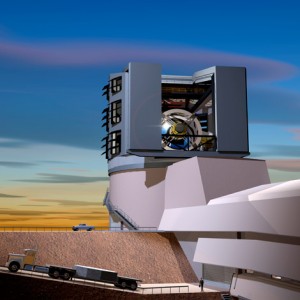
Andrew Bricker
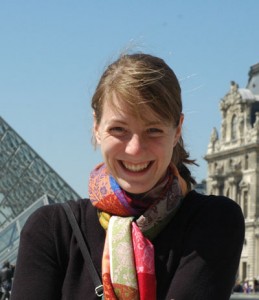
Hannah Marcus
HANNAH MARCUS and ANDREW BRICKER will participate in a three-year program, the Andrew W. Mellon Fellowship of Scholars in Critical Bibliography, whose aim is to reinvigorate bibliographical studies within the humanities.
The Rare Book School (RBS) at the University of Virginia awarded 20 fellowships in critical bibliography to early-career scholars. The fellows were chosen from a field of 250 applicants in the humanities who are affiliated with institutions throughout the United States.
As fellows, Bricker and Marcus will receive advanced, intensive training in the analysis of textual artifacts. Led by a distinguished faculty, they will attend annual research-oriented seminars at the Rare Book School and at major special collections libraries nationwide. Fellows also use stipends to fund travels to special collections and to host academic symposia at their home institutions.
Marcus, a doctoral candidate in history, whose research focuses on Catholic censorship in 16th- and 17th-century Italy, said that the program would introduce her to “an extended community of book professionals and academics who are thinking creatively about books as both material and textual objects.”
The fellowship will allow Marcus to conduct archival research in the Roman Inquisition archives in the Vatican. She also will be able to visit the numerous Italian libraries and special collections that house “evidence of censorship in corrected, expurgated and mutilated early modern books.”
Bricker’s dissertation, “Producing and Litigating Satire, 1660–1760,” explores the intersections between literary studies, legal history and bibliography. Bricker, who is working on his doctorate in English, said that the interdisciplinary nature of the fellowship was extraordinarily valuable.
“In an era of ever-increasing specialization,” Bricker said, the opportunity to “diversify one’s knowledge and to grow as a researcher is both rare and exciting.”
The Rare Book School provides continuing-education opportunities for students from all disciplines and levels to study the history of written, printed and born-digital materials with leading scholars and professionals in the fields of bibliography, librarianship, book history, manuscript studies and the digital humanities.
Marcus and Bricker plan to use fellowship funds to organize and host symposia at Stanford about the history and future of the study of material texts.
—CORRIE GOLDMAN, The Humanities at Stanford
